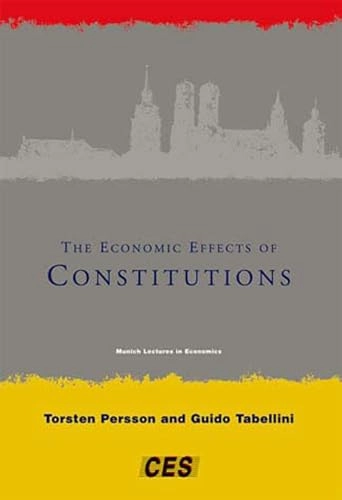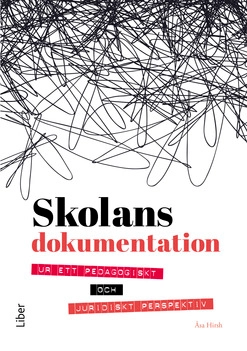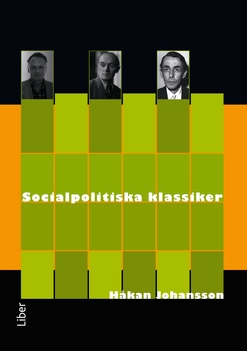

The economic effects of constitutionsUpplaga 1
- Upplaga: 1a upplagan
- Utgiven: 2003
- ISBN: 9780262661928
- Sidor: 320 st
- Förlag: Cambridge, Mass. MIT Press
- Format: Häftad
- Språk: Engelska
Om boken
Åtkomstkoder och digitalt tilläggsmaterial garanteras inte med begagnade böcker
Mer om The economic effects of constitutions (2003)
2003 släpptes boken The economic effects of constitutions skriven av Torsten Persson. Det är den 1a upplagan av kursboken. Den är skriven på engelska och består av 320 sidor. Förlaget bakom boken är Cambridge, Mass. MIT Press.
Köp boken The economic effects of constitutions på Studentapan och spara pengar.
Referera till The economic effects of constitutions (Upplaga 1)
Harvard
Oxford
APA
Vancouver



















